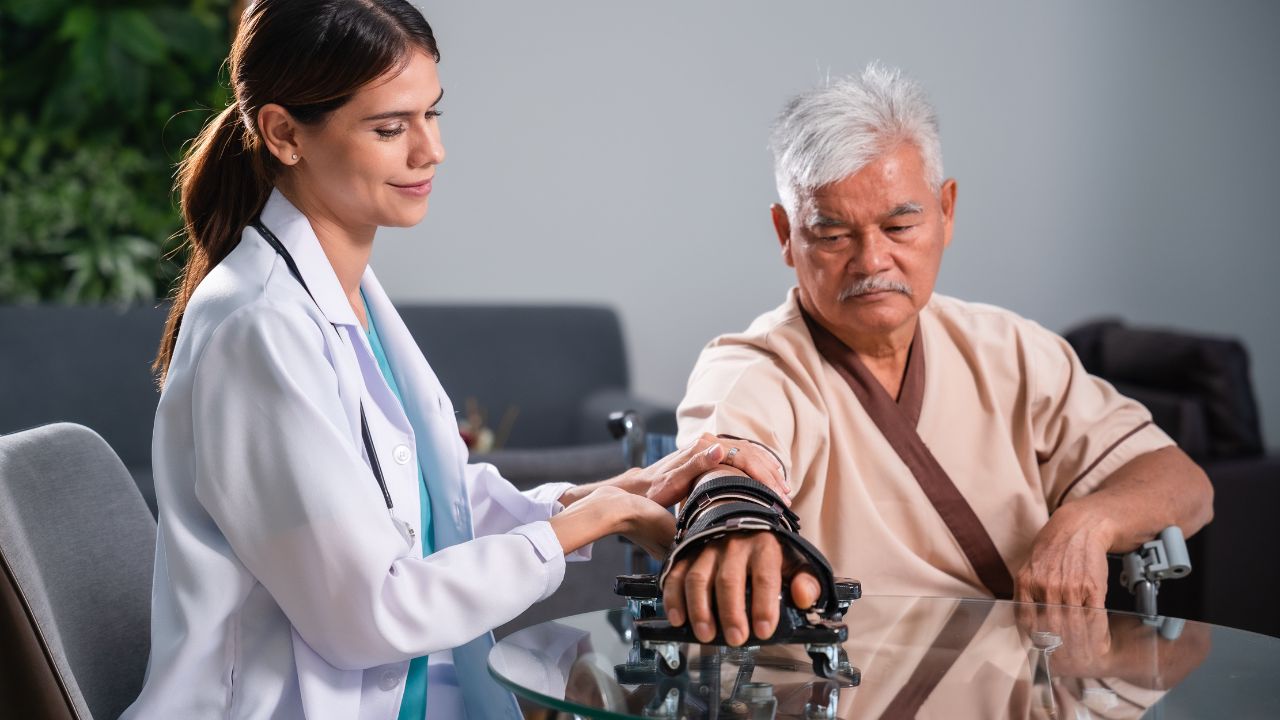
Understanding the Importance of Post-Operative Rehabilitation
Undergoing surgery can be a challenging experience, both physically and mentally. Whether it's a planned procedure or an emergency operation, the road to recovery often involves a comprehensive post-operative rehabilitation program. Proper rehabilitation is crucial for helping patients regain strength, mobility, and overall function after surgery. In this article, we will explore the best practices for post-surgery rehabilitation to ensure a smooth and successful recovery process.
The Role of Physical Therapy in Post-Surgery Rehabilitation
One of the key components of effective post-surgery rehabilitation is physical therapy. Physical therapists are trained professionals who work closely with patients to develop personalized treatment plans based on their specific needs and goals. They use a variety of techniques, including manual therapy, exercise, and modalities such as heat or cold therapy, to help patients regain strength, flexibility, and range of motion.
Physical therapy typically begins soon after surgery, often while the patient is still in the hospital. The initial focus is on managing pain and swelling, as well as preventing complications such as blood clots or pneumonia. As the patient progresses, the physical therapist will introduce gentle exercises and movements to gradually increase strength and mobility.
The Benefits of Early Mobilization
Another important aspect of post-surgery rehabilitation is early mobilization. Studies have shown that getting patients up and moving as soon as possible after surgery can significantly improve outcomes and reduce the risk of complications. Even simple activities like sitting up in bed, standing, or taking a few steps can help promote circulation, prevent muscle atrophy, and reduce the risk of blood clots.
Of course, the timing and extent of mobilization will depend on the type of surgery and the individual patient's needs. It's important to follow the guidance of the healthcare team and not push too hard too soon, as this can lead to setbacks in the healing process.
Incorporating Exercise into Post-Surgery Rehabilitation
As the patient progresses through the rehabilitation process, exercise becomes an increasingly important component. The physical therapist will develop an individualized exercise program based on the patient's specific needs and goals. This may include a combination of range of motion exercises, strengthening exercises, and functional activities designed to help the patient return to their normal activities of daily living.
It's important to remember that exercise after surgery should be gradual and progressive. Patients should start with low-intensity activities and gradually increase the duration and intensity as tolerated. It's also crucial to listen to the body and not push through pain or discomfort, as this can lead to further injury or setbacks in the recovery process.
The Importance of Patient Education and Compliance
Effective post-surgery rehabilitation requires a team approach, with the patient playing an active role in their own recovery. Patient education is a critical component of this process. The healthcare team should provide clear instructions on wound care, medication management, and any activity restrictions or precautions.
Patients should also be educated on the importance of compliance with their rehabilitation program. This includes attending all scheduled therapy sessions, performing prescribed exercises at home, and following any activity restrictions or precautions. Compliance with the rehabilitation program is essential for achieving optimal outcomes and reducing the risk of complications or setbacks.
Addressing Psychological and Emotional Factors in Post-Surgery Rehabilitation
In addition to the physical aspects of post-surgery rehabilitation, it's important to address the psychological and emotional factors that can impact recovery. Surgery can be a stressful and overwhelming experience, and patients may experience anxiety, depression, or other emotional challenges during the recovery process.
The healthcare team should be attentive to these issues and provide appropriate support and resources. This may include referrals to mental health professionals, support groups, or other community resources. Addressing psychological and emotional factors can help improve overall outcomes and quality of life during the recovery process.
Long-Term Considerations for Post-Surgery Rehabilitation
While the initial focus of post-surgery rehabilitation is on the immediate recovery period, it's important to consider the long-term implications as well. Depending on the type of surgery and the individual patient's needs, ongoing rehabilitation may be necessary to maintain gains and prevent future complications.
This may involve ongoing physical therapy, exercise programs, or lifestyle modifications to promote overall health and well-being. Patients should work closely with their healthcare team to develop a long-term plan for maintaining the benefits of their rehabilitation program.
Conclusion
Post-surgery rehabilitation is a critical component of the recovery process, helping patients regain strength, mobility, and function after a surgical procedure. By incorporating best practices such as physical therapy, early mobilization, exercise, patient education, and attention to psychological and emotional factors, patients can optimize their recovery and achieve the best possible outcomes.
It's important to remember that every patient's journey is unique, and the specifics of the rehabilitation program will depend on individual needs and goals. By working closely with the healthcare team and taking an active role in the recovery process, patients can navigate the challenges of post-surgery rehabilitation and emerge stronger and healthier on the other side.
 Mobility trainingHome Fitness RecoverySports Injury PreventionPersonal Physical TherapyOrthopedic SolutionsPrivacy PolicyTerms And Conditions
Mobility trainingHome Fitness RecoverySports Injury PreventionPersonal Physical TherapyOrthopedic SolutionsPrivacy PolicyTerms And Conditions
